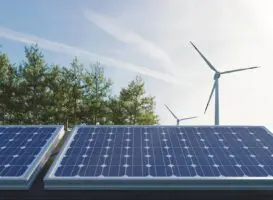
There are plenty of reasons why the Turnbull government should be working harder and faster on developing policies to encourage the uptake of electric vehicles in Australia.
But if they needed another one, the International Energy Agency’s 2018 Global EV Outlook, published on Wednesday, has obliged:
- Because EV uptake will increase global electricity demand by more than four times the annual consumption of Australia’s grid.
At least, that’s according to the IEA’s EV30@30 scenario, its most ambitious projection which sees the number of light EVs on the road globally reaching 220 million in 2030.
Under that scenario, the IEA reckons as much as 928TWh would be added to the world’s annual electricity demand.
Bearing in mind that the IEA’s “ambitious” scenario is well short of the latest forecasts published by Bloomberg New Energy Finance – 559 million EVs on the world’s roads by 2040 – that’s still a lot of new power demand.
And the fact that this EV-driven increase in power demand will be coincide roughly with the transition to renewables, which the Australian government appears to be trying to slow down, should give even more pause for thought.
It’s not entirely clear in the IEA report what all this means for Australia – which, with its notable lack of policy ambition on EVs, is lumped into the Rest of the World category in the graph above.
But according to the Australian Market Operator’s “strong” EV uptake scenario, EV annual consumption is forecast at nearly 30,000GWh – double the amount it predicted just six months earlier.
As we reported here, that’s around 15 per cent of total demand on the Australia grid, and could suggest that AEMO is expecting half the cars on Australia’s roads in 2037 to be electric.
So, yeah. No hurry.








